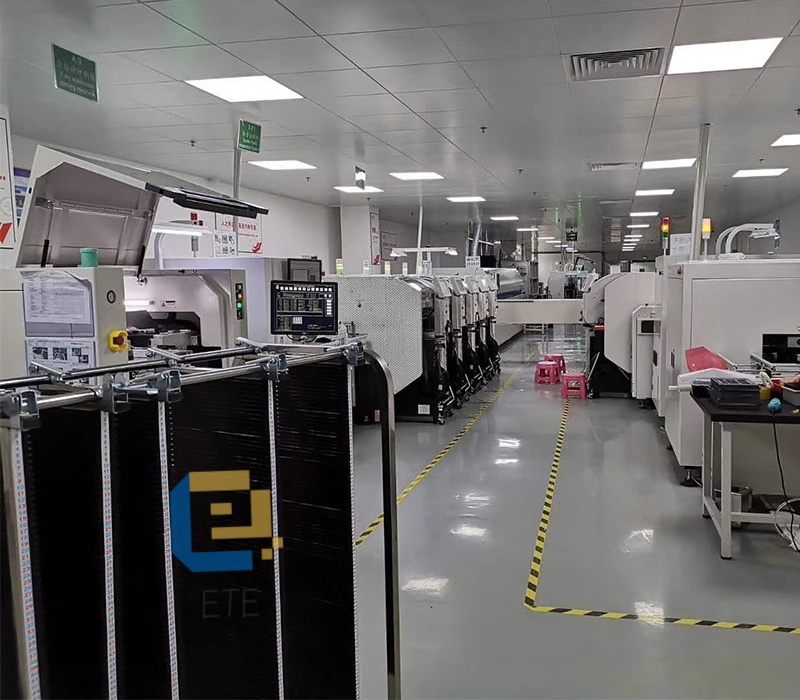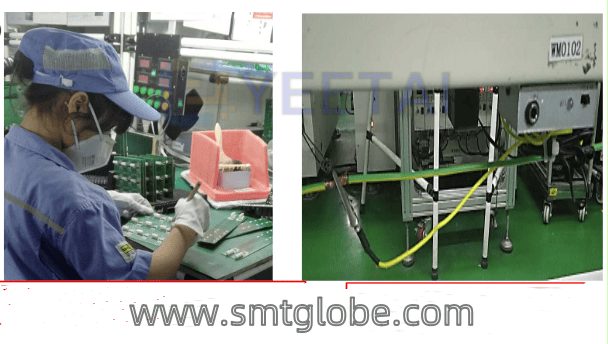Automated Guided Vehicles (AGVs) play a pivotal role in the Surface Mount Technology (SMT) industry, particularly in material handling, fixture transportation, and finished product delivery. Their integration into SMT production lines has significantly enhanced logistics automation and improved overall production efficiency.
Enhancing Logistics Automation
In the SMT industry, AGVs are utilized to streamline various processes, contributing to a more automated and efficient production environment. By employing AGVs for material transportation, manufacturers can reduce manual handling, minimize human error, and optimize workflow. This automation is crucial for maintaining high production rates and meeting the increasing demands of the electronics market.
Key Applications of AGVs in SMT
- Material Transportation: AGVs are responsible for transporting raw materials, such as PCB (Printed Circuit Board) material frames, from storage areas to designated production lines. This ensures a continuous supply of materials, reducing downtime and enhancing productivity.
- Fixture Delivery: AGVs can also transport fixtures used in the SMT process, ensuring that the right tools are available at the right time. This capability further streamlines production processes and minimizes delays.
- Finished Product Handling: Once the production process is complete, AGVs facilitate the efficient delivery of finished products to packaging or storage areas. This automated handling reduces the need for manual labor and enhances overall operational efficiency.
Automation of Inventory Management
AGVs can be equipped with robotic arms to achieve fully automated storage and retrieval systems. This allows for unmanned material management at the line-side inventory, known as just-in-time (JIT) inventory management. For instance, AGVs can autonomously retrieve PCB material frames from auxiliary material storage and deliver them to the specified placement machine.
When the auxiliary material frames are depleted, the AGVs receive task commands through the Manufacturing Execution System (MES) or Warehouse Management System (WMS). This triggers the automatic retrieval of empty PCB frames, ensuring that material changes occur without halting production. This capability significantly reduces material changeover times, allowing for continuous 24-hour operation.
Conclusion
The adoption of AGVs in the SMT industry marks a transformative shift towards greater automation and efficiency. By facilitating material and fixture transportation, as well as automating inventory management, AGVs contribute to streamlined production processes and reduced operational costs. As the SMT industry continues to evolve, the integration of AGVs will be essential for manufacturers looking to enhance their productivity and maintain a competitive edge in the market. Embracing this technology not only improves logistics but also supports the industry’s shift towards automation, paving the way for a more efficient future.
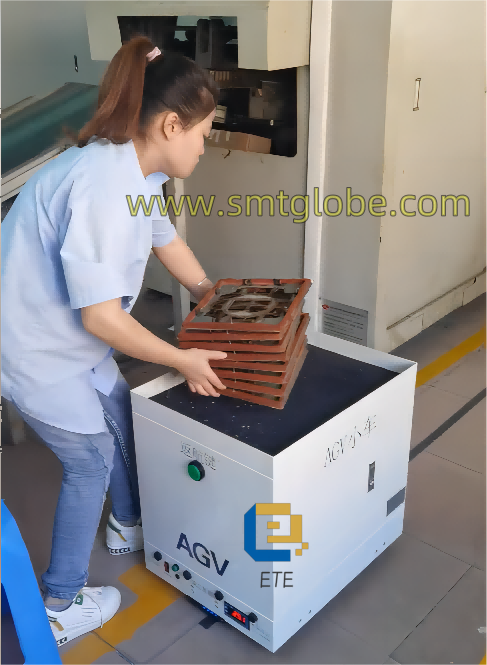
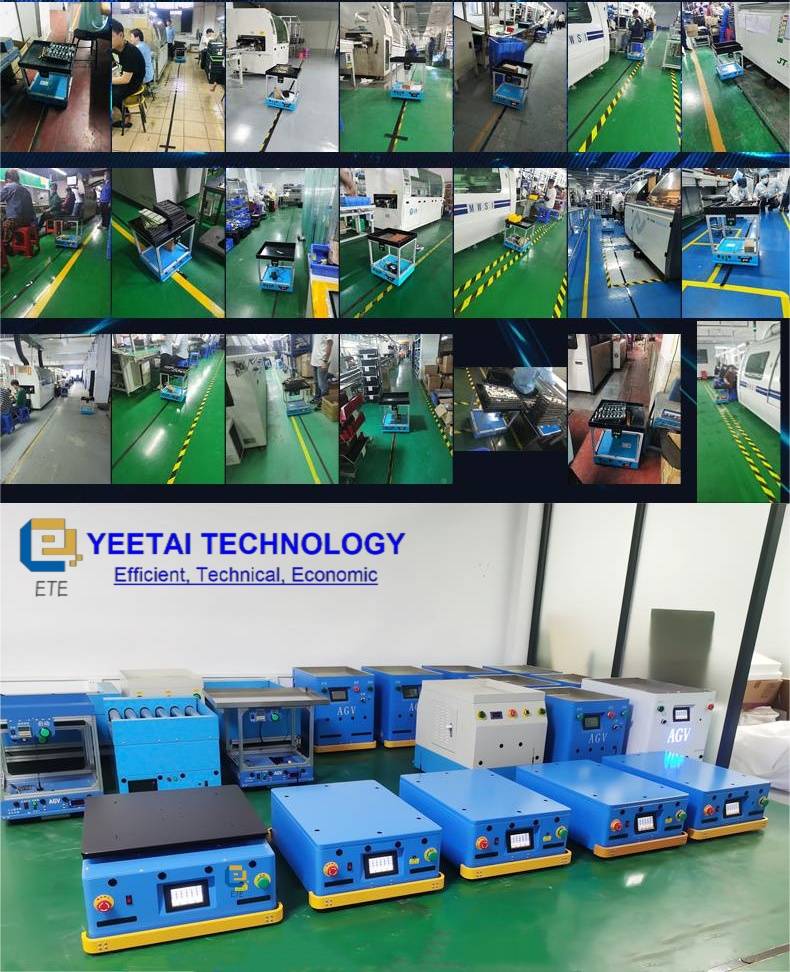
If you need any solutions, we are here to help.
Laser-guided SMT AGV Robot ETE-AGV-910A
SMT AGV Equipment for moving wave soldering pallet | ETE-AGV30-C
SMT Automatic Guided Vehicle ETE-AGV100-T
AGV for PCB moving | ETE-AGV100-L
Wave Soldering Pallet AGV | ETE-AGV60
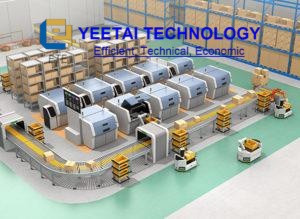
Contact us to know more.


